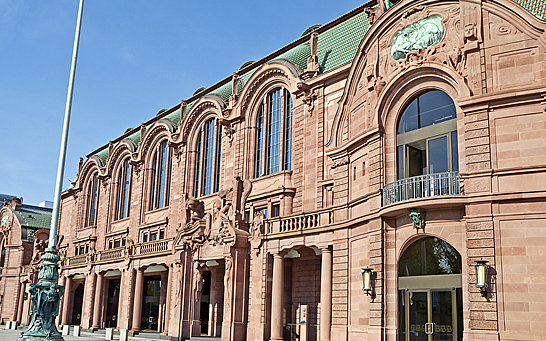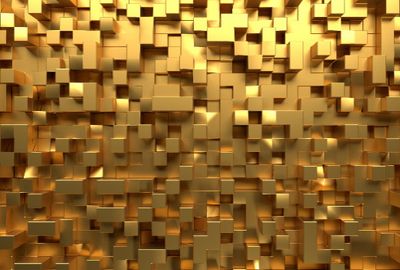Where does gold actually come from - and how was it created?
News Arnulf Hinkel, Financial Journalist – 19.04.2023
 Gold is primarily extracted in mines, usually from great depths. However, even today, lucky gold prospectors sometimes find nuggets in riverbeds or directly below the earth's surface. But how did the precious metal get there? Statistically, there are four grams of mineable gold per 1,000 tonnes of rock in the earth's crust. Can this very gold stock increase or could new gold be created on earth?
Gold is primarily extracted in mines, usually from great depths. However, even today, lucky gold prospectors sometimes find nuggets in riverbeds or directly below the earth's surface. But how did the precious metal get there? Statistically, there are four grams of mineable gold per 1,000 tonnes of rock in the earth's crust. Can this very gold stock increase or could new gold be created on earth?
Gold has existed longer than the earth itself
The birth of the ‘blue planet’ dates back to around 4.6 billion years ago. Gold, however, has existed for more than 5 billion years. While the solar system’s lighter elements were formed shortly after the Big Bang, heavy elements were formed later. For many decades, scientists agreed that gold and other heavy metals were created by supernovas - explosions of planets. As researchers began to doubt that even the huge release of energy from supernovas alone could have created the amount of gold in the solar system, they developed another theory. Additional gold was formed through the fusion of neutron stars - dead stars generated from core remains of extinct suns.
Eruptions from the earth's interior and meteorite impacts
When the blue planet was created, gold was part of the liquid magma that formed its core. Tectonic shifts, which are also responsible for forming mountains on Earth, repeatedly caused hydrogen containing gold particles to penetrate the earth's crust and solidify into gold veins. Volcanic eruptions also brought gold directly to the surface, where it was usually deposited in rivers and streams. Another source of gold deposits directly on the earth's surface may have been meteorites, which themselves consisted partly of gold that was dispersed in the environment when they hit the earth. As the entire gold stock on Earth therefore exclusively originated in outer space, it cannot subsequently increase.




